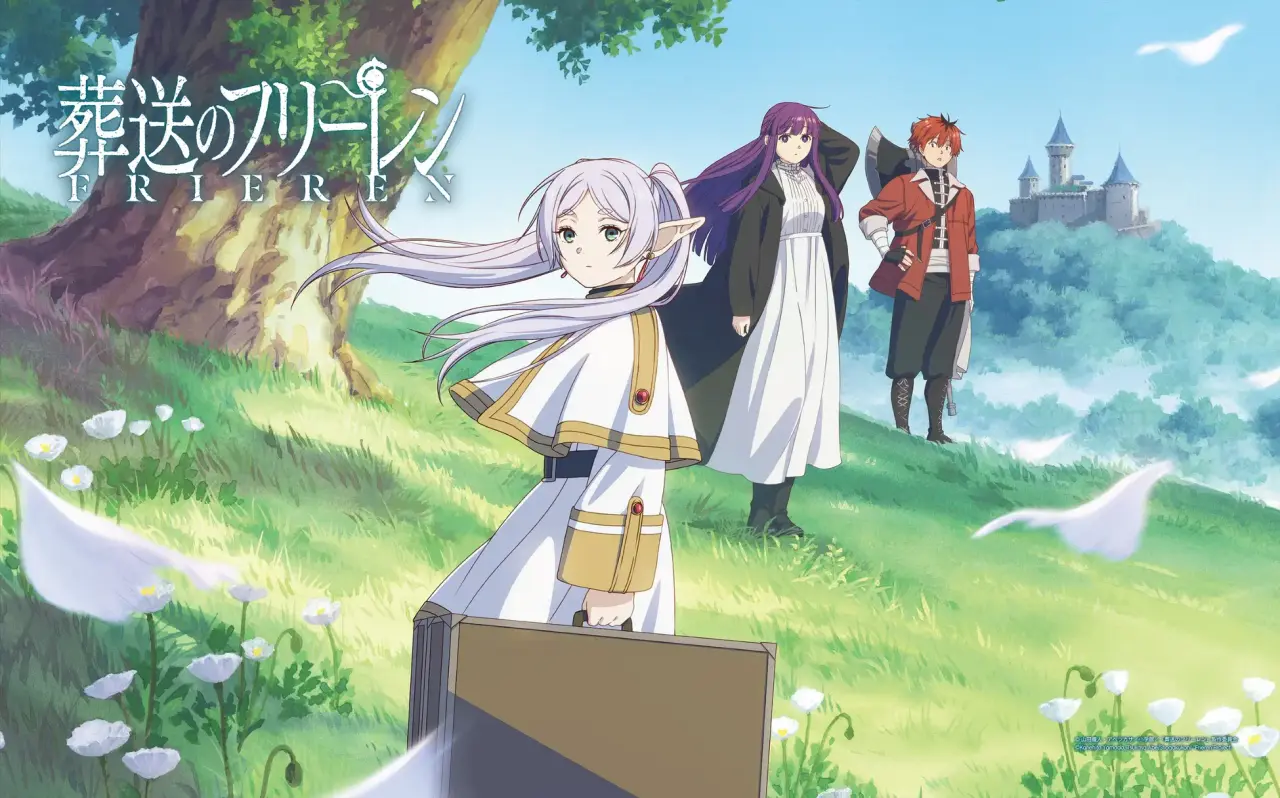Does "Elf" differ in Western and Japanese Otaku Clutures?
Japanese otaku culture is a vibrant and multifaceted world, rich with unique terminology that often baffles outsiders. While many terms have made their way into mainstream English, a wealth of nuanced vocabulary remains largely unknown to the international audience. This blog post will explore one such term—"elf"—and delve into its context within Japanese otaku culture, using it as a springboard to introduce other fascinating and often quirky words.
The Meaning of "Elf" in Japanese Otaku Culture
The term "elf," as understood in the West, typically refers to a mythical creature from fantasy literature and folklore. In Japan, however, its usage within otaku circles carries a subtly different connotation, often signifying a specific aesthetic or character archetype. While it shares similarities with the Western understanding of elves—often featuring pointed ears, graceful features, and a connection to nature—the Japanese interpretation is heavily influenced by anime, manga, and video game aesthetics. Japanese "elves" frequently appear in fantasy settings but also inhabit a wider range of genres, from magical girl anime to sci-fi adventures. Their depiction can vary significantly, ranging from elegant and ethereal beings to more mischievous and playful characters. The key is their visual appeal, often characterized by delicate features, long flowing hair, and a sense of otherworldly beauty.
"Sousou no Frieren" (Frieren: Beyond Journey’s End) – A Representative Work

A prime example of the Japanese interpretation of elves in otaku culture is Sousou no Frieren (Frieren: Beyond Journey’s End), a popular manga and anime series. The protagonist, Frieren, is an elven mage who, after defeating the Demon King alongside her human companions, embarks on a journey to understand human emotions and the passage of time. As an elf, she embodies many of the key traits associated with the archetype in Japanese media: long lifespan, wisdom, and an ethereal beauty. However, what makes Sousou no Frieren unique is its focus on how Frieren perceives time differently from humans, leading to deeply emotional and philosophical themes that explore memory, loss, and the nature of relationships. This work exemplifies how elves in Japanese media can serve as more than just fantasy icons—they can also be vehicles for profound storytelling.
Related Otaku Terms
This divergence in meaning highlights a crucial aspect of Japanese otaku terminology: its context-dependent nature. The meaning of a word can shift dramatically depending on the subculture or fandom in question. This fluidity makes translation challenging but also adds to the richness and complexity of the language.
Let's expand upon this by introducing some related terms frequently used alongside "elf" or within similar contexts:
Character Aesthetic Terms
-
美少女 (bishoujo): This translates literally to "beautiful girl," but in otaku parlance, it signifies a specific aesthetic ideal characterized by large eyes, delicate features, and a youthful appearance. Bishoujo characters are ubiquitous in anime, manga, and visual novels, often serving as the central protagonist or love interest.
-
イケメン (ikemen): The male counterpart to "bishoujo," "ikemen" describes a handsome young man. Similar to "bishoujo," the term is visually driven, emphasizing stylish features and a generally attractive appearance. Ikemen characters frequently appear as protagonists or romantic interests in various media.
-
萌え (moe): This term describes a feeling of intense affection or adoration, often directed towards fictional characters. Moe is closely tied to the "bishoujo" and "ikemen" aesthetics but can extend to other character types as well. The feeling of "moe" is often described as a deeply personal and subjective experience.
-
ロリ (loli): This term refers to young girls, often prepubescent, and is used to describe a specific aesthetic preference for characters with childlike features. However, its use in otaku culture is highly controversial due to its associations with child exploitation. While some fans use the term purely in a visual and artistic sense, understanding its ethical implications is crucial.
-
ツンデレ (tsundere): This term describes a character archetype characterized by a seemingly cold and aloof exterior that hides a warm and affectionate inner personality. Tsunderes are known for their volatile behavior, often alternating between harshness and tenderness, making them appealing to audiences who enjoy the emotional rollercoaster of their interactions.
Otaku Culture Terms
-
お姉さん系 (onee-san kei): This term refers to a mature, older sister-like character archetype, often portrayed as caring yet slightly teasing.
-
ショタ (shota): The male counterpart to "loli," this term refers to young boys with a cute and youthful appearance.
-
ヤンデレ (yandere): A character type that appears loving and devoted but has obsessive and sometimes violent tendencies toward their love interest.
Beyond character archetypes, otaku culture also has specialized terms for fan activities:
- 二次創作 (nijisei sakuhin): This refers to fan-created works based on existing media, such as fanfiction, fanart, and fan-made music. Nijisei sakuhin is a significant part of the otaku community, allowing fans to express their creativity and engage with their favorite works in new and imaginative ways.
Conclusion
Understanding these terms provides a glimpse into the complex and multifaceted world of Japanese otaku culture. The term "elf," seemingly simple in its Western understanding, becomes a gateway to a rich tapestry of language and cultural expression within the Japanese otaku sphere. Further exploration into these terms will undoubtedly reveal even more fascinating insights into this dynamic and ever-evolving community.
Summary
This blog post explores the Japanese term "elf" within the context of otaku culture, highlighting its unique connotations compared to its Western counterpart. It introduces Sousou no Frieren as a representative work, showcasing how elves in Japanese media can embody deep themes beyond fantasy tropes. The article then delves into related terms like "bishoujo," "ikemen," "moe," and others, explaining their meanings and cultural significance. Additionally, it touches upon fan-created works and conventions, providing a broader understanding of Japanese otaku terminology and its rich tapestry of expression.